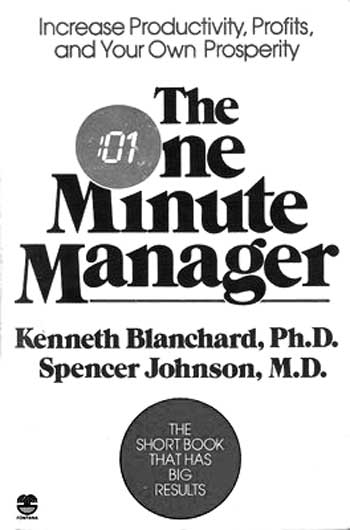An Exercise in Futility
Most of you are well familiar with the feeling the Quality Assurance engineer/manager/person has in the majority of organizations: all this effort, overcoming all this resistance and then, upon leaving it unattended for a little while – everything just whams back into nothing, as if you have never done anything at all.
Great are the frustration and the weariness, begetters of wear-down. You’ve got to be kidding me, do it all over again? Why? Why can’t someone else make an effort, for a change, and keep up the results we have achieved? Why must it be your intervention to set the wandering off the path straight?

So why does that happen?
Most people do not understand why they need to do what they were instructed to do. I mean, not really understand; they are not personally invested, do not see the benefit of the effort.
When a person fails to understand why and to what purpose he does something or other, it make the action seem pointless. Be honest, do you yourself like to do pointless things? They don’t, either.
What happens when a person thinks the action is pointless? It manifests in resistance to performing it.
Just think for a moment of calling your Internet provider, for instance. You dial and get to… an automated dialer. After choosing your language, geographic location, the area of required service, type of service and a few other things, you are required to dial your ID number, then your phone number, listen to them being repeated to you and pressing 1 to confirm (so far about 10 minutes have passed), and then a long wait on hold… Finally a disinterested representative takes your call and you tell him what you want, and then he says: “What is your ID number, please?” How does that feel? Who among you doesn’t ask, in rising anger: “Why the hell did I have to press it before, if it doesn’t appear for you now???”
You are not angry with the representative, you are angry with the pointless hassle, your resistance is to performing actions adding no value, waste of time.
This is the way any worker feels who is required to perform actions and tasks, whose benefit he does not understand.
Quality people's reaction
Contrary to the workers, the Quality Assurance people (and other project team members, like engineers, technologists, logistics, team leaders, project managers) know and understand exactly why the actions need to be performed. They gave precise instructions on how and when then need to be performed.
They just don’t bother with the why, with making sure that the workers are on board with the action’s benefits. And now, the workers’ resistance is driving them nuts, and they fall down on them like a ton of bricks, because of the “need” to repeat themselves again and again. The workers become defensive against the attack, and the resistance grows.

And then the Quality Assurance people resemble those plate spinners in a circus act: at first there is but one plate, and it works beautifully. Two plates – not bad at all; we get results, fill with enthusiasm. Three – quite fine, still working. Four – hmm, a bit of an effort is required here, but it’s not as if it’s going to kills, right? Five, six, seven – start to sweat, running about; just turned these last ones and the first ones are already all wobbly, about to fall, need another spin to get them back up nicely… Eight, nine, ten – what’s going on here? Can none work on their own?

That’s precisely the point.
No matter what action you make, to make it some energy must be exerted. That is, something must bring the “wheels” into motion. With people it is called motivation.
The circus plates are only spinning thanks to the (external) push of the plate spinner. They cannot spin themselves, and need an additional push to continue spinning and to keep from falling.
Had they had a small personal motor to steadily supply spinning energy, they would have continued to spin all on their own, upon stabilizing.
It is the same with people.
What motivates a person to action? What makes a person work on his own, without being told?
In order for a person to move himself into action, he needs to know what the benefit is. And I do not mean his paycheck. As surprising as it may sound to some of you, it has been proven that salary does not constitute a motivational factor. On the other hand, being actively and consciously involved in the process, being personally committed to the process – is. Personal commitment motivates one from within, it is an internal motor; whereas your instructions without such commitment are external. Just like the plate spinner.
As long as the people are not personally committed to the process, the motivation is not theirs, not a part of them, it is external. Therefore, without the push from without they would not budge forward, and would even slide backward.
So what do we do? Just sing “…here we go again”? Continue with the exercise in futility?
Not at all, that would be counterproductive. In fact, it may just make you slide backward and kill your motivation to continue with your work.
The answer to this question is rather simple (though the implementation is anything but easy): you must create personal commitment and active involvement of all workers. To make sure they internalize the benefit, the importance, and their own contribution by this action to the overall process. When they do – there shall be no more resistance. It will be like connecting a small motor to each plate to spin with without requiring your gargantuan efforts.
For, between us, how many of these can you keep up in the air at once?

This post is available also in:
 עברית
עברית
You may also find interesting:
Powered by Contextual Related Posts











